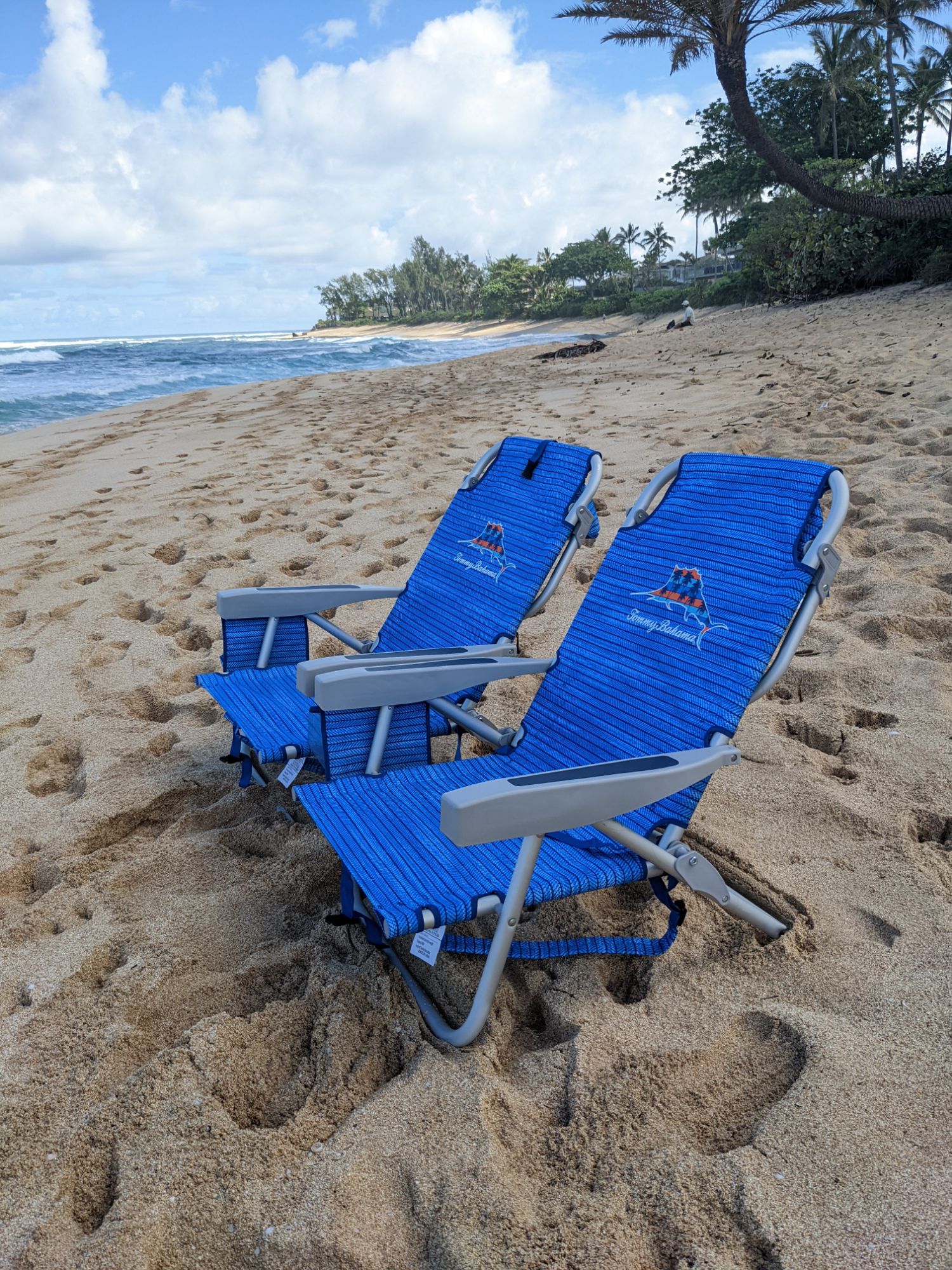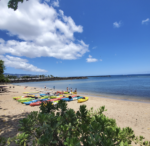Frank Dillingham, already a successful developer on Oahu, saw potential in the Kahuku lands, which he leased from the Campbell family. By 1890, his railroad reached the North Shore, paving the way for development. James Castle, along with a group of investors including prominent lawyer Lorrin Thurston, recognized the opportunity and formed the Kahuku Plantation Company in 1891. Thurston’s involvement highlighted the continuing influence of early missionaries and their descendants in Hawaiian business.
The company immediately began farming sugarcane, subleasing 2,800 acres from Dillingham. Kahuku Plantation’s first harvest was processed in 1892, showcasing a fully integrated operation with a mill and railway system. Despite initial success, the plantation faced challenges. The rugged terrain limited expansion, and competition was fierce.
In 1924, Kahuku made history as the first Hawaiian plantation to utilize a mechanical derrick for loading sugarcane. Despite innovations, the plantation struggled to achieve the scale of other larger operations. In an attempt to expand, Kahuku acquired nearby fields from the Koolau Agricultural Company in 1925 and additional acreage from Laie Plantation in 1931. However, production peaked at 21,873 tons of sugar in 1935, remaining relatively small compared to other post-World War II plantations.
The closure of the O.R.&L. railroad in 1947 significantly increased shipping costs, further hindering Kahuku’s ability to compete. Ultimately, in 1971, the plantation was shut down by its owner, the sugar factor Alexander & Baldwin, Inc., due to a lack of economies of scale. Kahuku Plantation’s story reflects both the opportunities and the challenges inherent in the Hawaiian sugar industry, showcasing a brief period of success before succumbing to the pressures of a changing economic landscape.
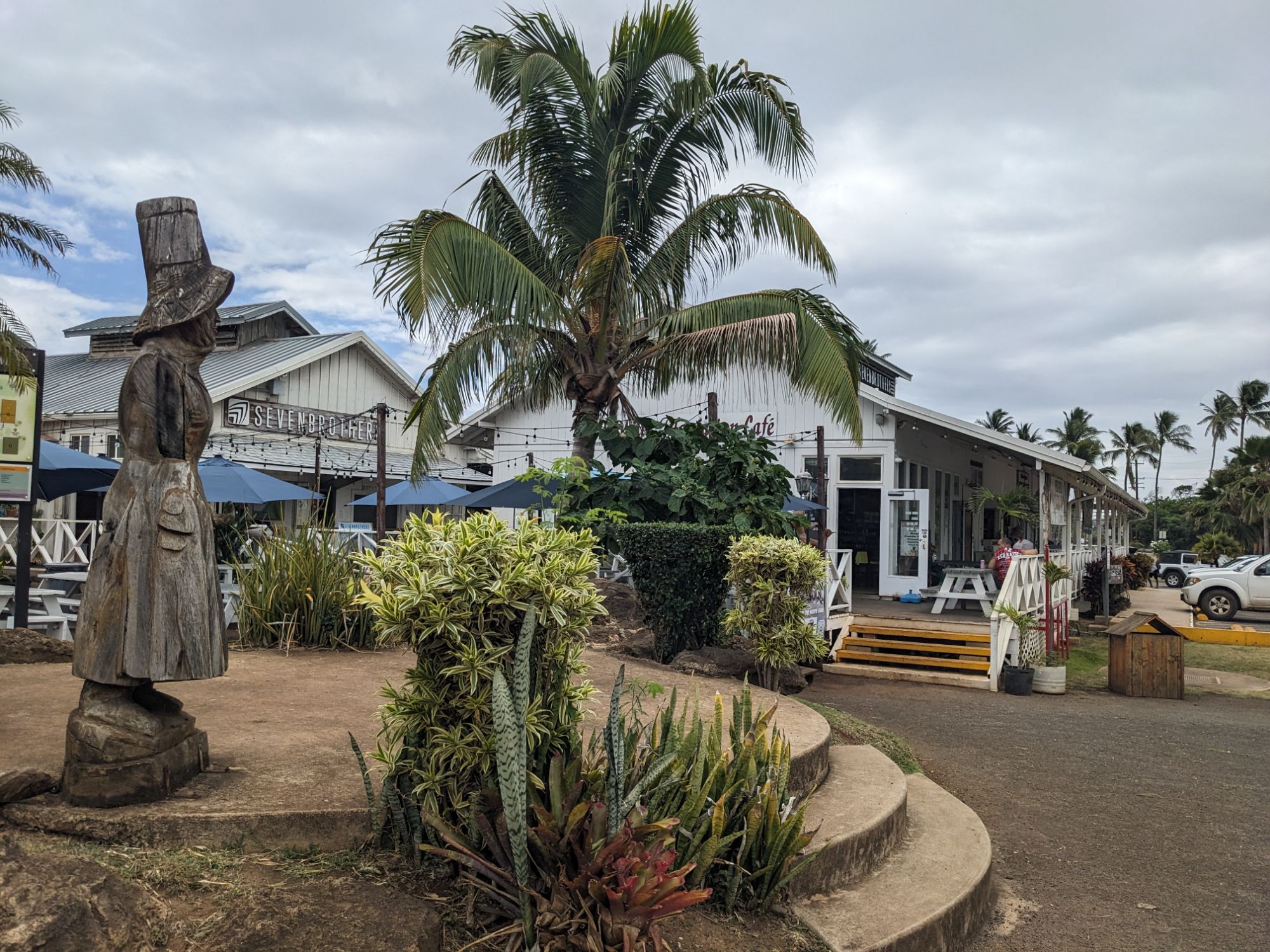

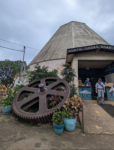
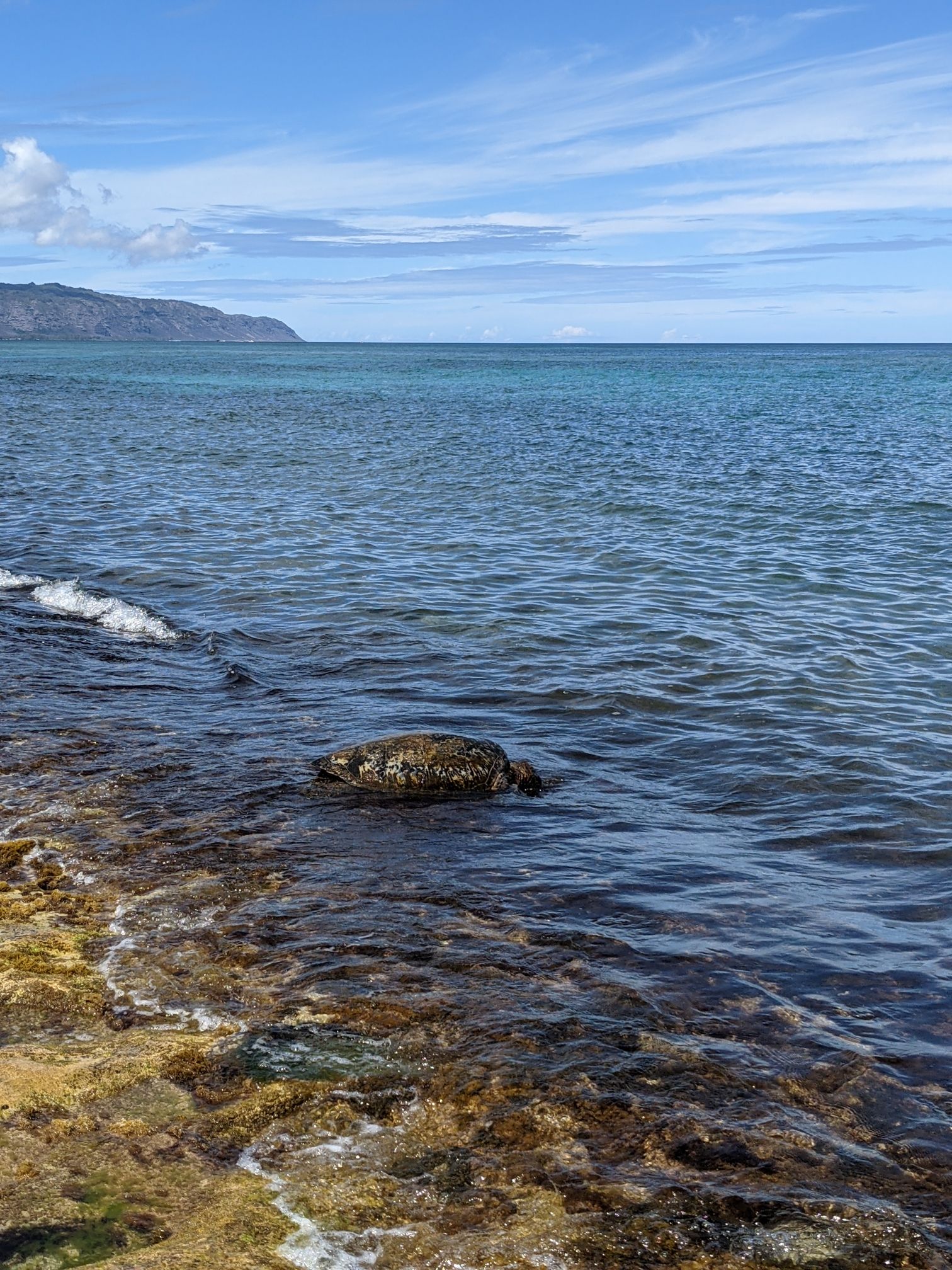

 Here
Here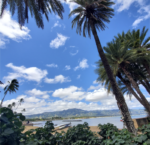
 Surf Contest 2022 between Nov 12 – Dec 20
Surf Contest 2022 between Nov 12 – Dec 20